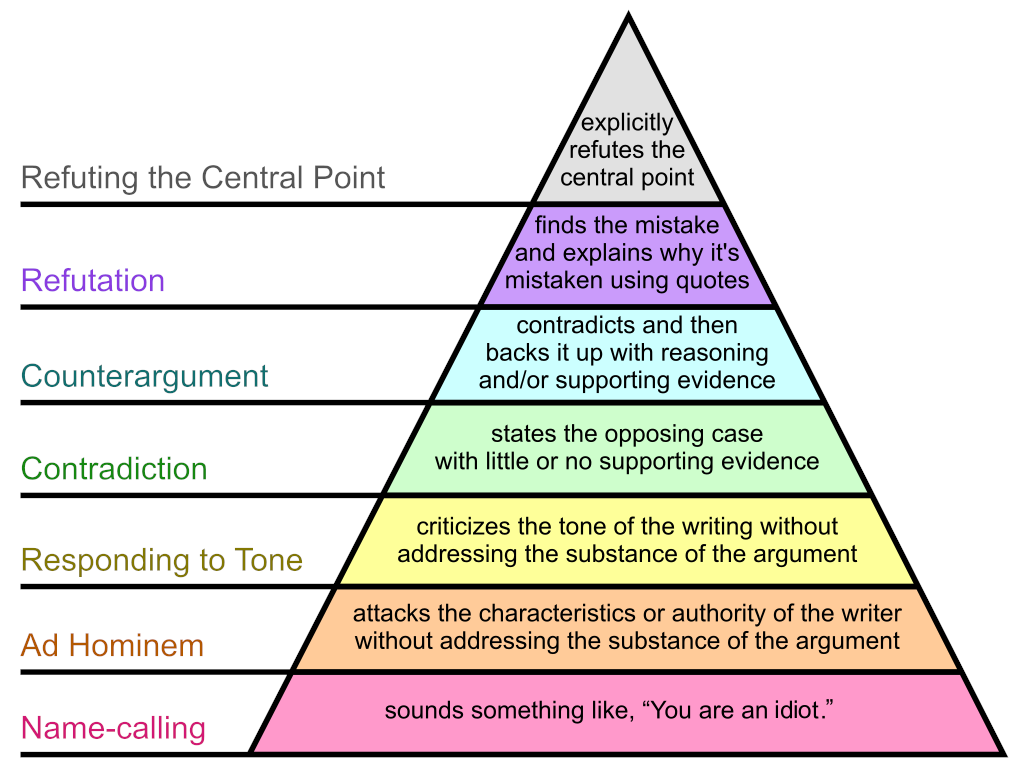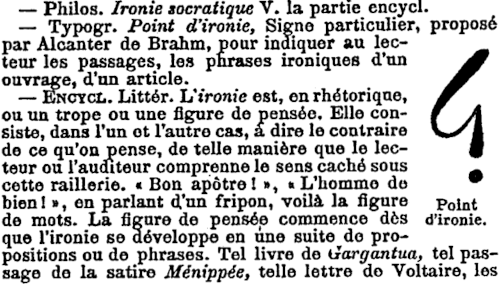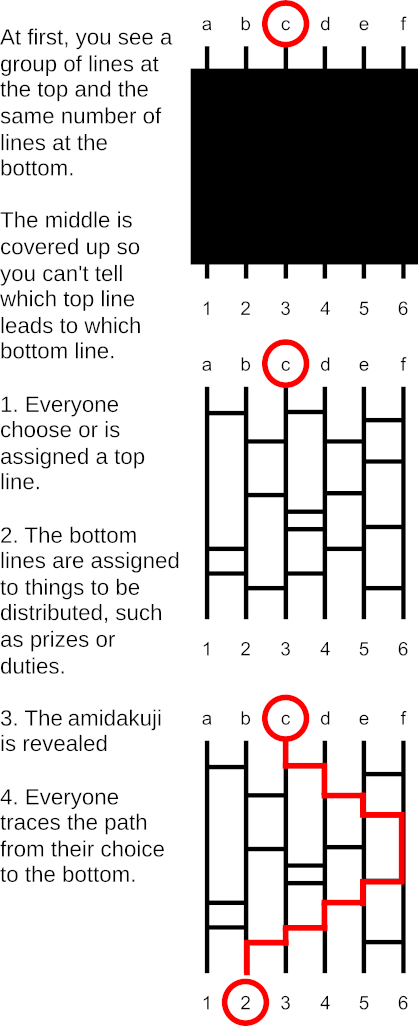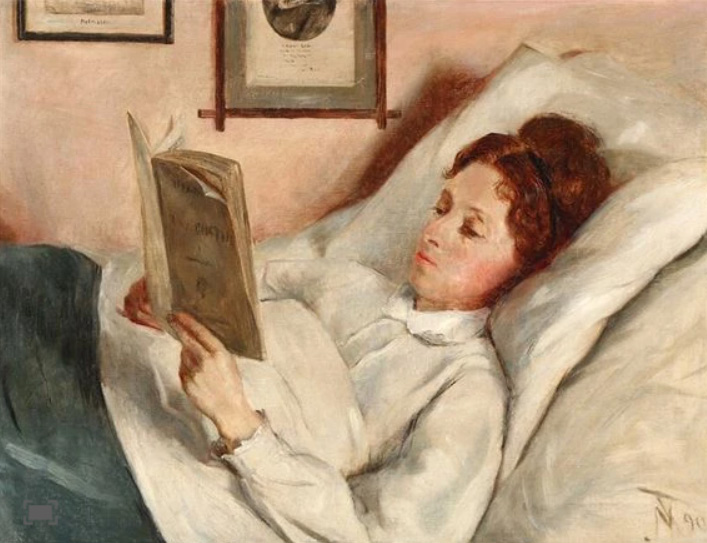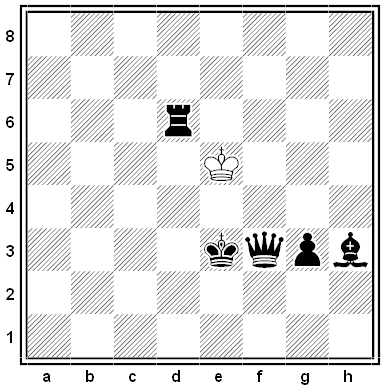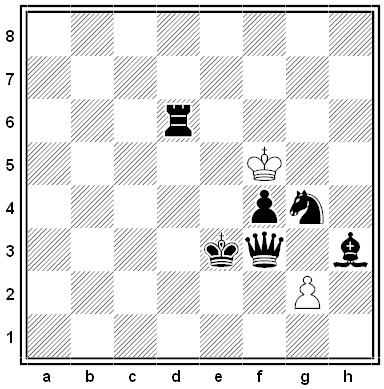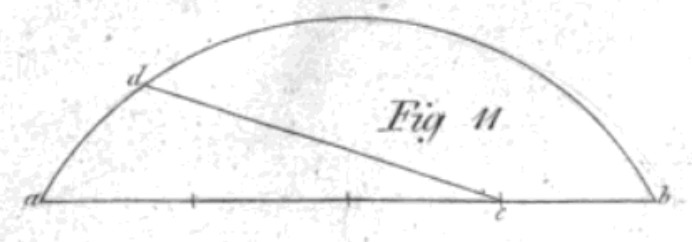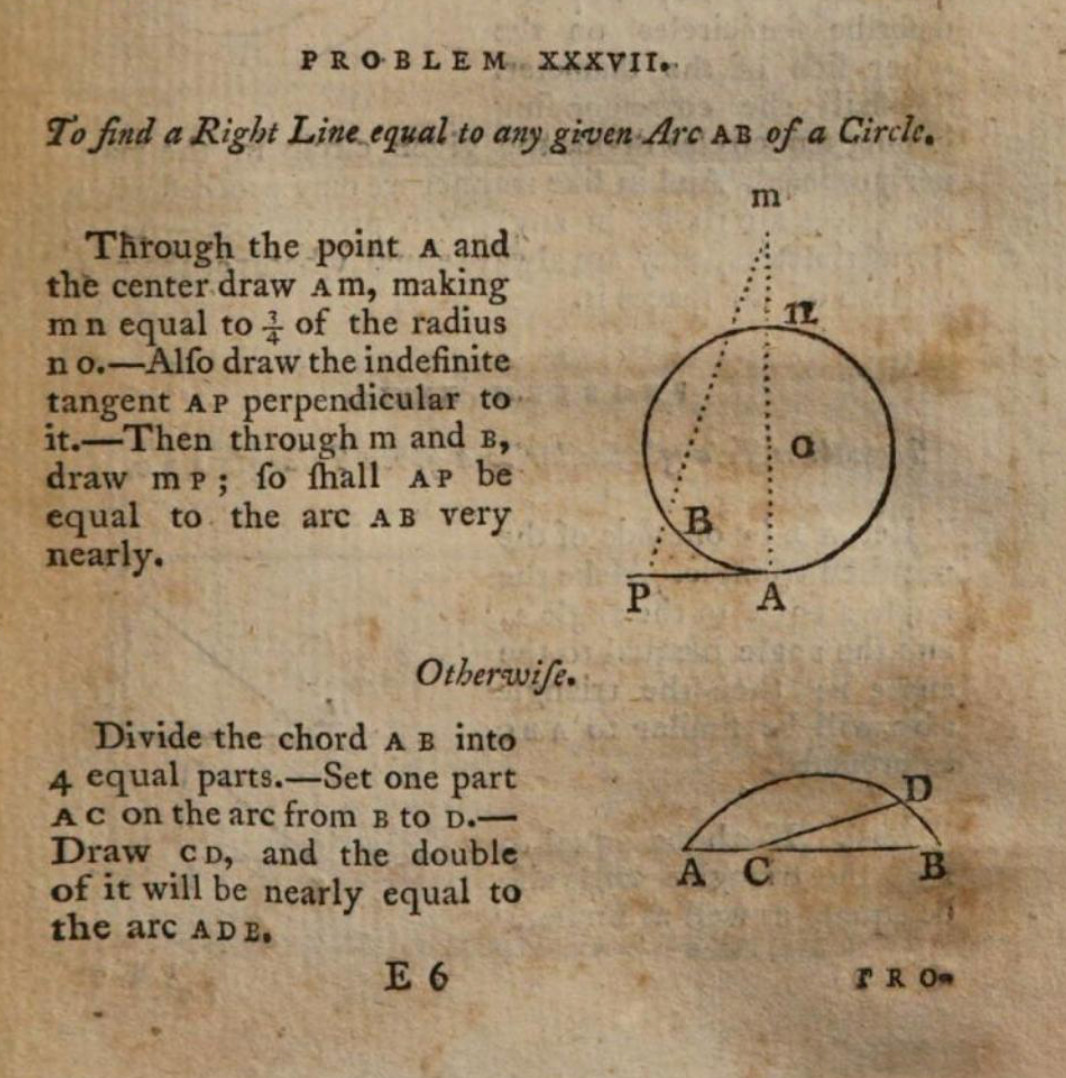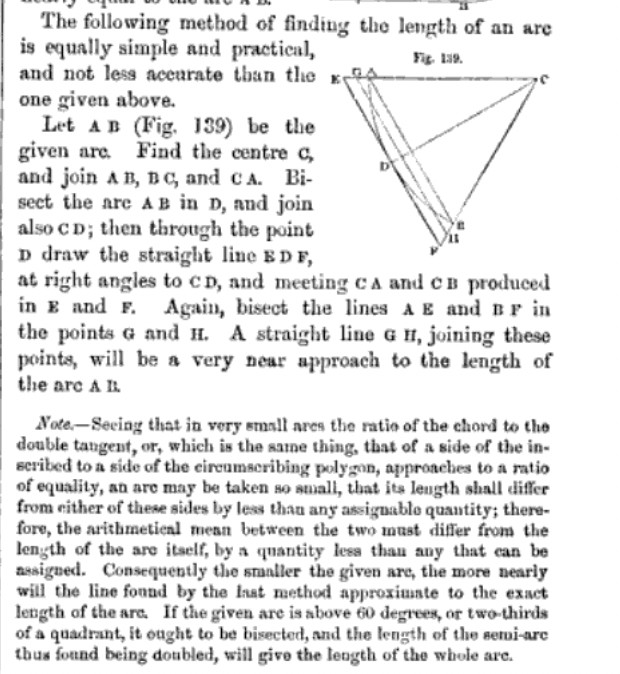- Angkor Wat and Machu Picchu are roughly antipodal.
- WONDER is UNDERWAY in Pig Latin.
- By convention, current flows from positive to negative in a circuit; electrons, which are negatively charged, move in the opposite direction.
- The immaculate conception describes the birth of Mary, not Jesus.
- “A man’s style in any art should be like his dress — it should attract as little attention as possible.” — Samuel Butler
10/22/2024 UPDATE: Interesting addendum from reader Mark Thompson: The capital cities Asunción, Canberra, and Kuwait City are nearly equidistant on great-circle routes:
Kuwait City to Canberra: 12,768 km
Canberra to Asunción: 12,712 km
Asunción to Kuwait City: 12,766 km
“Their mutual distances apart (along the earth’s surface) happen to be very close to one Earth-diameter [12,742 km]: so, sadly, they don’t all lie on a single great circle (since pi is not 3).” (Thanks, Mark.)

